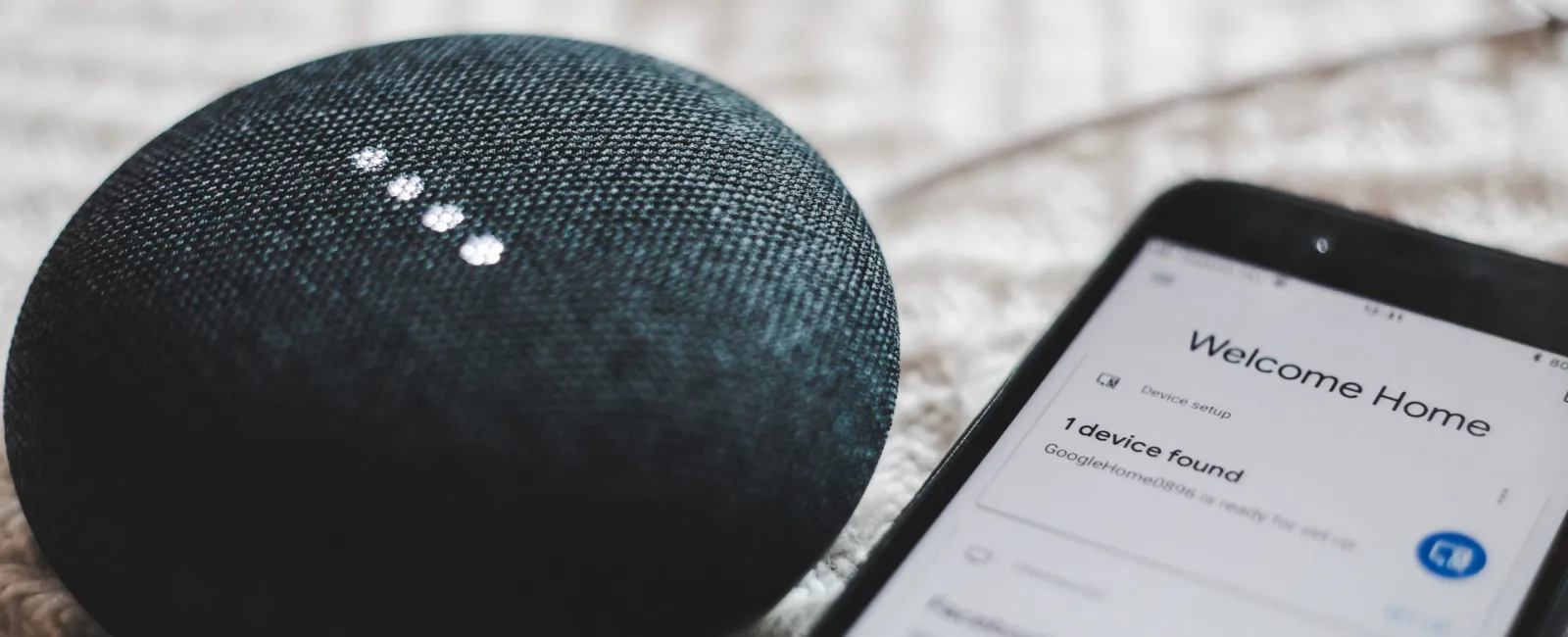May 27, 2020
“IoT” is a relatively new term, one that many of us may be unfamiliar with. However, there is a good chance that you’re using at least one IoT device on a daily basis!
The simplest definition of an IoT (Internet of Things) device is any object that can connect to the internet. Digging deeper, an IoT device goes beyond the laptops, smartphones and tablets that we may typically think of and focuses more on the everyday objects we utilize in our lives and their interconnectivity.
We can unlock and start our cars with a few clicks on our smartphone, set our thermostats to a precise temperature from miles away, and doctors can even monitor a patient’s heart health with a smart medical device.
IoT devices are also becoming increasingly popular in businesses thanks to their ability to lower costs and boost profits. Cities are even utilizing IoT technology to help reduce traffic and improve public safety. But with all this interconnectivity among devices comes some major security concerns that individuals and businesses should be aware of.
As with any device that is connected to the internet, these IoT devices are vulnerable to hacking and should be treated with the same level of security that you would implement for your computers. Failure to protect these devices could lead to inappropriate access to sensitive information, espionage, or even risk dangerous health complications for a compromised connected medical device.
Here are some tips to keep your home and office safe if you utilize an IoT device:
Update your default passwords. Many IoT devices come set up with a default password out of the box and if unchanged could leave your account vulnerable. Set up complex and unique passwords for accessing these IoT devices.
Enable automatic updates. When a security flaw is discovered, an important security patch for the IoT device is released. Enabling automatic updates on these IoT devices will ensure that your device is properly protected when new threats emerge.
Increase the privacy settings. Many of these IoT devices allow you to control the privacy settings in what information they collect and share. Take a look at these settings and ensure you are comfortable and adjust accordingly.
As technology improves, we will no doubt see more IoT devices and new smart options. It is fine to embrace this technology but make sure you are doing so cautiously to protect sensitive information at home and at work.
Want more cybersecurity tips to help keep your business safe & secure? Sign up for our email newsletter and have new articles & tips delivered straight to your inbox monthly.






